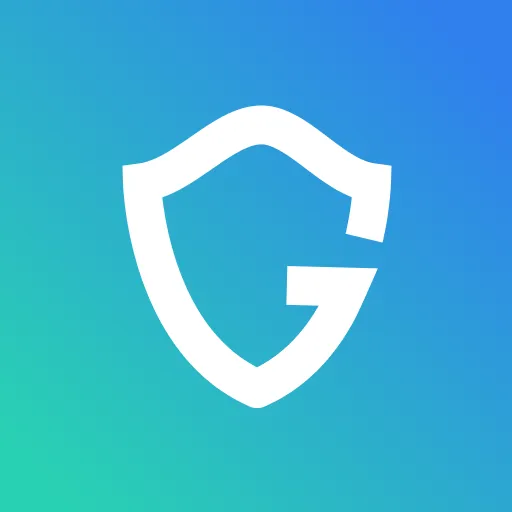The Importance Of Data Security: Why You Should Care About Zoom's Safety Record

Key Takeaways
Zoom is a cloud-based video conferencing tool that has seen a massive surge in popularity in recent months due to the COVID-19 pandemic. Businesses, schools, and individuals are now using it worldwide for remote working and learning.Zoom is still widely considered a secure platform, and its encryption technology is generally seen as robust. However, there are some potential risks associated with using Zoom, and it is important to be aware of these before using the platform.
What are the main concerns about Zoom's safety and security?
Three main concerns have been raised about Zoom's safety and security:End-to-end encryption: is a type of data security that ensures that only the sender and intended recipient of a message can read it. E2EE is used in various messaging apps and services, including WhatsApp, Signal, and iMessage.Zoom does not currently offer E2EE for video calls, but it has announced that it is working on adding this feature. However, even without E2EE, Zoom's video calls are still encrypted end-to-end, meaning that Zoom cannot access the content of calls.
Are you safe online? Run a free security scan to find out
{{component-cta-custom}}
The possibility of "zoombombing": This is where uninvited guests join a Zoom call and disrupt it by playing offensive or pornographic videos, for example. This has been reported on some occasions and is a cause for concern, particularly for calls that are open to the public or where sensitive information is being discussed.The default settings: Zoom's default settings are not as secure as possible, which has led to some people accidentally sharing sensitive information (such as their home address) with others on a call. For example, the "screen sharing" setting is turned on by default, which means that any participant in a call can share their screen with everyone else on the call. Scammers could use this maliciously to share sensitive or private information.
Run a free security scan in a few clicks
Guardio is a Chrome extension that monitors suspicious activity and blocks hackers from stealing your data.
{{component-cta-custom}}
Guardio Keeps You Safe on the Web

Over one million people use Guardio to keep themselves safe as they browse the web. It’s rated “Excellent” on TrustPilot with 4.5 stars from 1,552 reviews.
Is Zoom safe to use?
The short answer is yes, and Zoom is safe to use. However, there are some steps you can take to make sure your Zoom calls are as secure as possible:Use a strong password: When setting up your Zoom account, use a strong and unique password. This will help to protect your account from being hacked.Enable two-factor authentication (2FA): This is an extra layer of security that requires you to enter a code from your mobile phone and your password when logging into your Zoom account. This makes it much more difficult to hack into your account.Do not use the "screen sharing" setting: As we mentioned above, the "screen sharing" setting is turned on by default in Zoom. If you don't need to use this feature, we recommend turning it off to reduce the risk of accidentally sharing sensitive information.Only share your screen with people you trust: If you need to use the "screen sharing" feature, only share your screen with people you trust. This will help to prevent anyone from maliciously sharing sensitive or private information.
Zoom is generally a safe and secure platform to use. However, there are some potential risks associated with using Zoom, and it is important to be aware of these before using the platform. We recommend taking the steps outlined above to help make sure your Zoom calls are as secure as possible.








